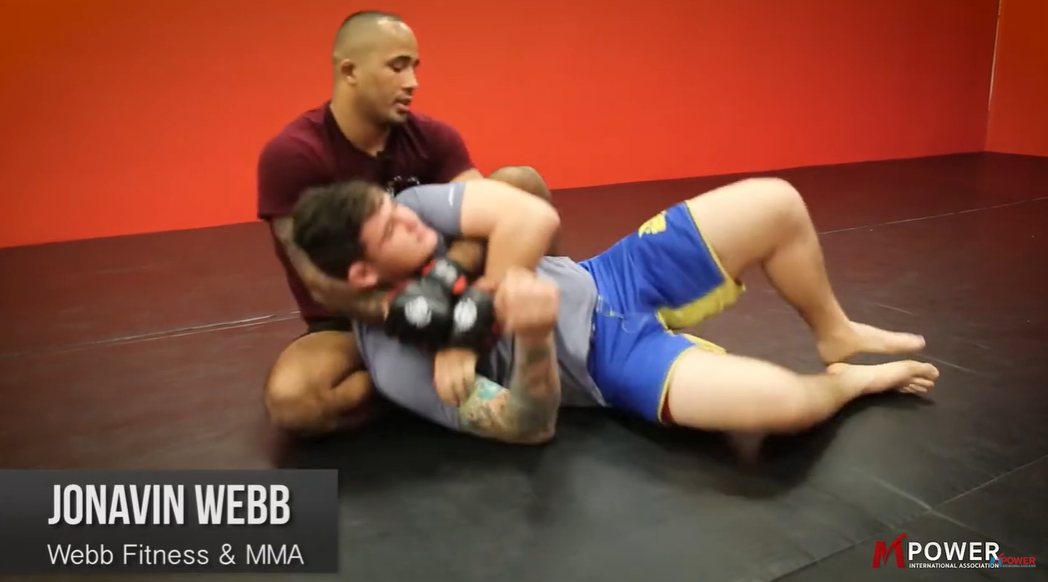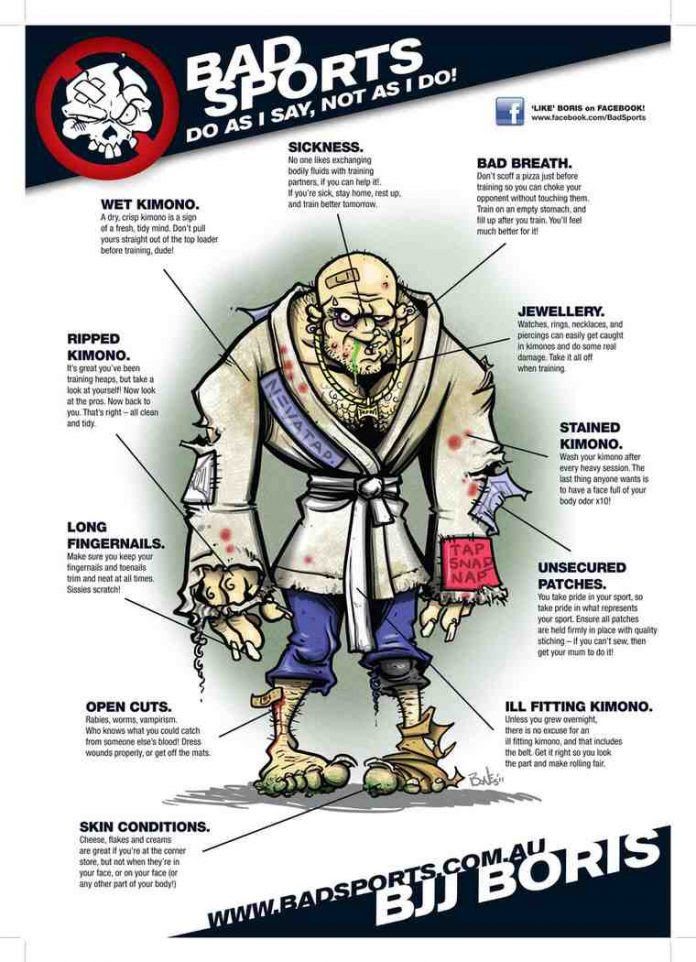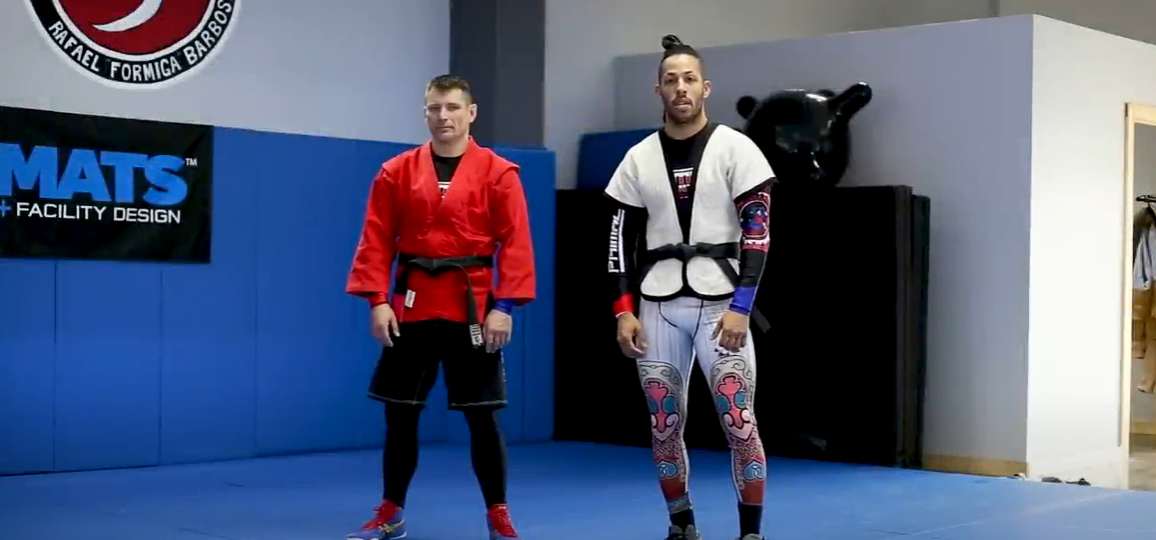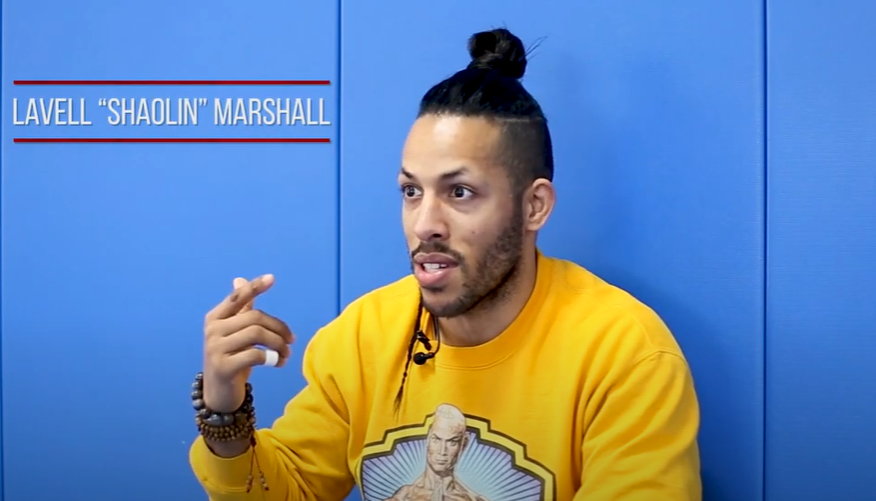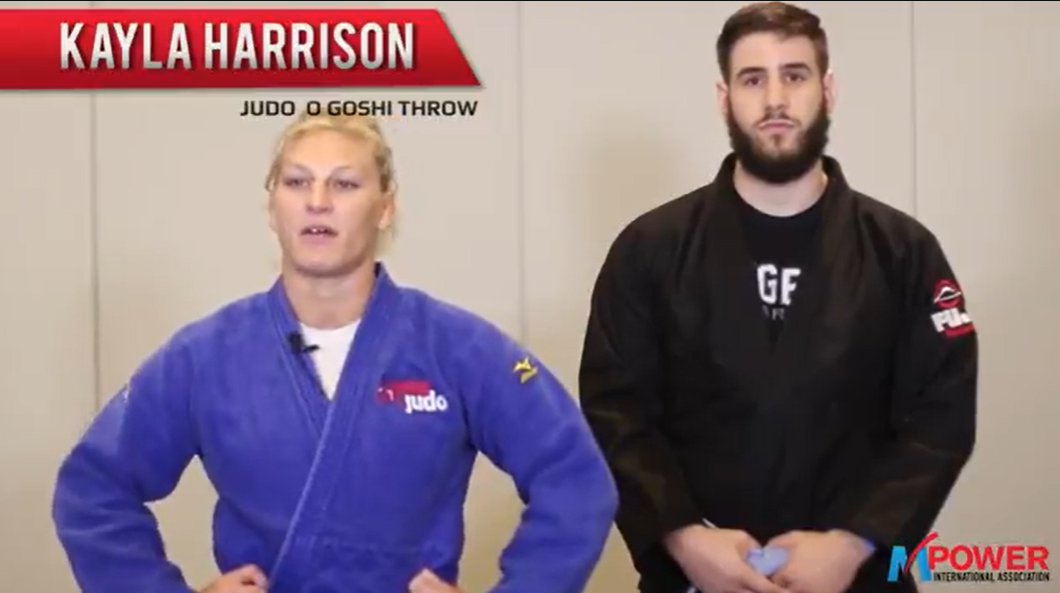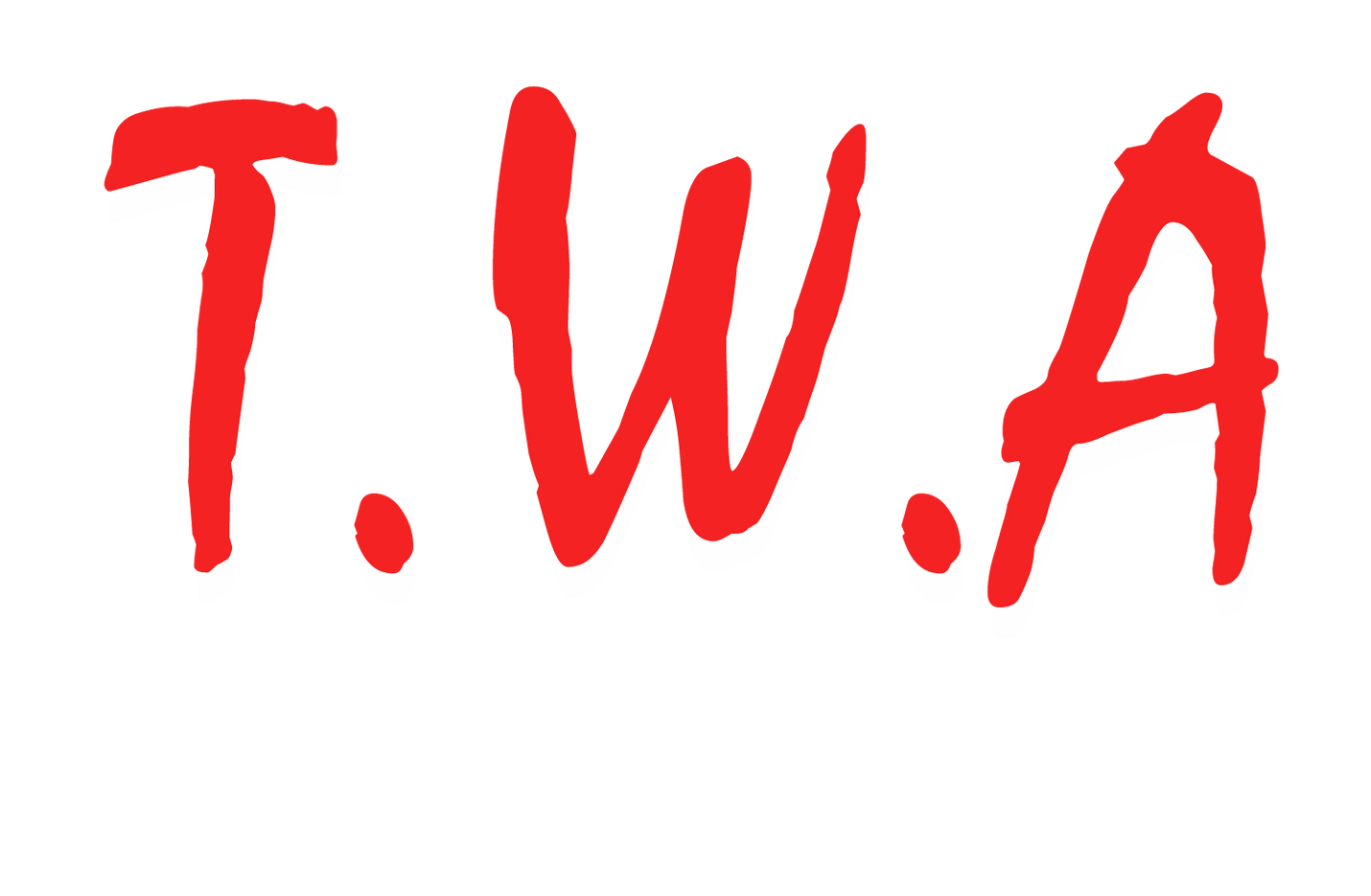Chinese Wrestling: What is Shuai Jiao
Finding China’s martial arts renaissance in a 4,000-year-old wrestling system
“One reason is that China has a romantic notion of martial arts, and the kind of braggadocio seen in MMA (ie. Khabib vs. McGregor) doesn’t fit within their cultural view, so it’s not encouraged. When you have MMA fighters challenging Tai Chi practitioners, that’s painfully tone deaf in terms of what each style looks to achieve. But, China is starting to come around. ONE Championship just crossed a quarter billion in total capital, and while that’s Singapore, not China, well, that’s where Crazy Rich Asians is set, right?
Another reason is that Kung Fu is working for a longer game, so it’s more sophisticated, and in this case, to a fault. A practitioner doesn’t really come into mastery until their thirties, and that’s outside the window of MMA competitors. A simpler way to look at this is that if someone pursues Kung Fu in earnest, they have to study dozens of cold-arm weapons. That’s time that an MMA competitor will spend training fighting, so they are more focused. Kung Fu can be stripped down to just sparring, which is essentially what Sanda is, and that has achieved some level of success in MMA.”
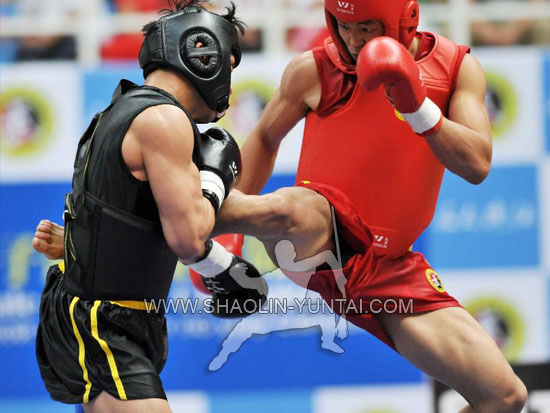
Everybody was Kung Fu Fighting…
Kung Fu originally exploded into the Western eye in the 60’s and 70’s thanks to Chinese cinema and more specifically, through the influence of martial arts pioneer and icon Bruce Lee, as well as films from the Shaw Brothers.
These films not only promoted the art of Kung Fu to the West, but really the martial arts as a whole. It can even be argued that if it wasn’t for the Kung Fu film genre, that the martial arts might not have reached the global level of popularity and the cultural influence that it has. These films took Kung Fu and martial arts mainstream.
Still, Kung Fu’s influence has since remained, if not wholly, reserved to cinema and culture exclusively, slowly fading into obscurity in the world of hand to hand combat.
There is one individual though, who wants to change that and will take on anyone, abiding by a philosophy of “the mats don’t lie” as he puts it, in order to prove Kung Fu’s legitimacy and bringing the Chinese martial arts back into the conversation of combat application. He is Lavell Marshall, who is not only accepting all challengers, but is actively seeking them out in competition.
“My goals are to become as great as I knew I could be since I was three years old. To keep going to new levels and reach a place no one’s ever seen in this art.” Marshall states, “Through this journey, I want to show the world how great Shuai Jiao [Kung Fu] is and not just for Shuai Jiao, but for anyone and in any arena. When I’m old the whole world will know what Shuai Jiao is.”
Lavell “Shaolin” Marshall: A Jack of all Grappling Trades and a Master in One, Throwing Backs to the Mat
Marshall is a Shuai Chiao Black Belt and a multiple-time national Shuai Jiao champion on team USA, who competes regularly in Shuai Jiao internationally. He is also a state Judo Champion and has competed in Jiu-Jitsu as well. In particular, he is the star of a viral video that has made the rounds around the internet several times, where Lavell displays his grappling prowess involving a spazzy white belt. Marshall has even begun venturing into other grappling art competitions too and is finding success there in Mongolian Bökh, Kazakh Kures, Belt Wrestling, and Russian Sambo.
Lavell, who also holds a Judo Brown Belt, Taekwondo Black Belt, and Jiu-Jitsu blue belt, is a student from the famous Shuai Chiao fighting lineage of Chang Tung Sheng, Master David Lin and his teacher, Sifu Omar Harvin. Marshall, who has also appeared in Netflix’s second season of Luke Cage.
He has gone onto move to Inner Mongolia, where has also found great success in Mongolian wrestling, also called Bohk. He is the only foreigner to become a professional Inner Mongolian wrestler and the only foreigner to win a Mongolian Wrestling Nadaam (Games).
His accolades include include:
Chinese Shuaijiao (Chinese Wrestling):
- USA Chinese Shuaijiao National Champion 75kg
- USA Shuaijiao Nationals Winner 5x (75kg and 82kg)
- Shuaijiao World Cup Winner at 82kg
- Baoding International Invitational Shuaijiao Championship 3rd place 82kg
- Langfang Invitational Shuaijiao Professional Tournament 3rd place 100kg
Inner Mongolian Bokh (Mongolian Wrestling):
- 64-wrestler Naadam (Games) Champion
- 32-wrestler Naadam Champion
- 64-wrestler Naadam 2nd place
- 64-wrestler Naadam 3rd place
- 128-wrestler Naadam 4th place
- 512-wrestler Naadam Top 64
- Multiple time Top 16 and Top 8 in various Inner Mongolian Naadam
As far as the grappling world goes, the four kings are Jiu-Jitsu, Wrestling, Judo, and Sambo, and when it comes to the purely throwing arts, Judo is deity. Kung Fu may be viewed to most modern martial arts as very low on the totem pole of fighting systems, but it’s even worse when it comes to grappling, making what Marshall does that much more exciting.
He is not just an outlier in the grappling disciplines of the West. He is also the only one using a Chinese system at a high level in multiple grappling disciplines, and winning on what is traditionally an area of fighting that Kung Fu is considered one of the worst in.
Kung Fu is known as a striking art and made mainstream by Bruce Lee and again, Chinese cinema. Films of all nature in the action genre focus on the striking nature of Kung Fu. Whether it’s Drunken Boxing, Crane Style, 5 Animals, or Wing Chun, generally speaking, Kung Fu is thought of as a martial arts with zero grappling based principles or history.
Because there’s no wrestling in Kung Fu, right? Judo was the first real throwing art, right?
Wrong.
Ancient Chinese Secret: China’s Oldest Combat Based System
Shuai Jiao or Shuai Chiao, often incorrectly referred to as “Chinese Judo” and sometimes known as Chinese Wrestling, dates back over 4,000 years ago as an ancient system of military close combat or Kung Fu, in which it was referred to then as jǐao dǐ (角抵) or jiao li (角力) and translated as “horn butting”, before reaching its modern term of Shuai Jiao.
During different periods of time and Dynasties, this art was extremely popular and was not only an art of the military, but entertainment as well. It was then in the Qing Dynasty (1644 to 1912) that it was the art of the Shan Pu Ying, The Battalion of Excellency in Catching, who were the bodyguards to the Emperor and when it truly flourished with Chinese, Manchuria Buku and Bökh really beginning to mesh.
At one point, even women participated in entertainment based wrestling events, in the same garb as the men, shirtless with undergarments similar to Sumo. Lavell explained in more detail, this Chinese and Japanese wrestling connection, as well as other influences to Asia abroad.
“Sumo has its origins in Shuai Jiao. During the Tang Dynasty when it was called Xiang Pu, it went over to Japan and was taught to a few people. Down the line with modifications, it became Sumo. Many people will dispute this, but one thing we can’t dispute is that Japan was heavily influenced by China, and so was Sumo.
“As for Bökh, there are two main styles, Inner Mongolian and Mongolian. Inner Mongolian has developed along Shuai Jiao, so aside from uniform, it has much of the same techniques, just with a different emphasis. Mongolian Bökh also has close relations because of the Mongols taking over China and encouraging people to wrestle. Much of what is seen today is thousands of years of crossover between the two.”
Since Shuai Jiao is almost completely unknown in the West, there has been confusion that this 4,000 plus-year-old art actually borrowed techniques from more modern throwing systems, rather than the other way around.
Matt Gelfand, an international and national Shuai Jiao champion, elaborates by stating:
“Shuai Jiao can be considered the father of Chinese martial arts and also the father of most Asian wrestling or grappling arts. It’s a wrestling based art with combat and close quarter applications. However, unlike most Kung Fu styles, the focus is on throwing and takedowns as opposed to striking.”
A Phoenix in the Ashes: Reclaiming the Middle Kingdom’s Martial Glory and Where it’s Future Lies
If Kung Fu is going to have a future, then it must look to its past. An ability to excel in combat sport and to adapt to a sports-based setting, regardless of tradition or practices linked to “self-defense” is the only way to rise from it’s defeated state. The biggest hurdle Kung Fu is currently facing in the modern martial arts landscape, and more precisely in the West, is simple: results. And the only one holding it back from those results, is itself.
“Many teachers would say it’s because their techniques are “lethal”… but, realistically, most just haven’t made the jump to sport training,” Gelfand states. “Arts like Western and Thai Boxing have been tried and tested in the ring for a long time, as they make it a point to simplify concepts to fit [a sport setting]. Kung Fu styles like Praying Mantis, Wing Chun and Dragon Style involve catching and breaking limbs, which can’t really apply to sport. Most techniques, when broken down to sport concepts, look almost exactly like western boxing. If you look up Sanda or Sanshou (Chinese Kickboxing) you’ll get a glimpse of how that translates.”
Between YouTube, World Star, mixed martial arts, the internet and media overall, for a martial art to be deemed valid, you need tangible outcomes which are commonly found in some form of combat sport. This isn’t said as a negative either.
Fighting arts of all kind must be shown as capable in combat. It’s in their very design. The reason people don’t question the effectiveness of Jiu-Jitsu, Judo or Muay Thai is that not only can they take what they practice and instantly apply it in some form of sparring or sporting event, they can watch it in action from others in a competition.
The martial arts are a physical embodiment of the scientific method. It’s why they have been ever evolving throughout human history, building the validity and practicality of any given technique through constant testing. The only difference in this method is, if the thesis is proved wrong, the results generally have repercussions, and in the most serious cases, could even result in permanent injury or death.
Meaning, for theories of technique to be scientifically tested over and over again, they must be done where the researchers of this subjects, martial artists, are able to experiment safely and continuously in their study. This leaves sport training as the only way we can continue to evolve the martial arts.
A very easy case to study for this idea is the very rapid evolution of Brazilian Jiu-Jitsu.
One can debate the difference of “sport” versus “real” Jiu-Jitsu, however, there is no denying the Jiu-Jitsu of today is more advanced in its “vocabulary” than it was 10 years ago, let alone 50. And while within the Jiu-Jitsu community there is debate versus how the sport or game aspect of Jiu-Jitsu may have deviated from its original self-defense roots, that is a path most, if not all, combat sports take. They are forged in combat and spawn offsprings meant to foster competition that can be tested over and over again without participants facing the same consequences as war.
The debate of sport and self-defense will continue in Jiu-Jitsu regardless. Nonetheless, there are ways of testing modern Jiu-Jitsu’s competency through MMA and high-level players like Demian Maia, Ryan Hall, Gunnar Nelson, Shinya Aoki or “Jacare” Souza, to name a few, have shown Jiu-Jitsu does just fine in combat or self-defense.
Daniele Bolelli, a professor at California State University and Santa Monica College, host of the History on Fire podcast and author of On the Warrior’s Path, states:
"Historical circumstances have made Chinese martial arts considerably less effective than others at present. It’s not so much that the techniques employed in these arts are bad — in many cases they are quite sound — but the training methods and teaching methodologies are antiquated. The same thing would have happened to Japanese martial arts had it not been for people like Kano Jigoro, and their efforts to modernize the practice of martial arts. Out of all Chinese styles, Shuai Jiao is one of those that offer the most promise in terms of being adaptable to MMA.”
Cultural Renaissance over Revolution: The Future of the Chinese Martial Arts
Without diving into the 4,000 plus years of Chinese history, which includes countless revolutions, uprisings, social unrest, cultural and customs, the big question becomes, if Shuai Jiao is Kung Fu, then why hasn’t it succeeded in the West?
Marshall sheds some light on this extremely valid question:
“It comes down to the fact there aren’t [many] high level instructors and [there’s] no money. It is now growing so things are changing, but because of these reasons it has been hard to develop strong players in the West. Many of the players are hobbyist and don’t train full time like professional athletes. I am one of the exceptions.”
This is where Shuai Jiao provides so much potential for reviving Kung Fu.
Not only is Shuai Jiao a practice that employs modern principles and can be applied over and over again in a live sparring setting, it can also do so completely removed from theory, philosophy and internal development, while still maintaining traditional and cultural roots so intertwined within Kung Fu.
Shuai Jiao, unlike Sanshou or Sanda, looks like traditional Kung Fu in the purest form. The movements look right out of the movies, but have actual practicality. The training resembles something out of ancient Shaolin, and the techniques themselves present something uniquely Chinese.
Everything about it oozes the aesthetic look of a traditional look Kung Fu system, that maintains both art and combat application.
And because of this, if there is was a martial art that returns Chinese influence to the forefront of combat and even simply conversation, it is Shuai Jiao. In 2015, Sascha Matuszak of Vice’s Fightland stated:
“Shuai Jiao is still on the outskirts of the combat sport cypher, with no real chance of grabbing the mic just yet. But, mixed martial artists are beginning to explore past the well known striking, grappling, submissions triumvirate into other, lesser known styles in search for an edge. At some point the Taiji-infused, Qin Na [Chin Na] influenced grappling and throwing game of traditional Shuai Jiao could prove useful.”
Lavell, an active Shuai Jiao competitor, is seeing that eruption of Chinese martial arts happening right now. In his opinion, it’s only a matter of time.
When asked if Shuai Jiao could compete with other grappling arts, he states:
“A question I get asked a lot and the answer is, of course, it can! I’ve competed in many competitions from popular grappling styles to ones even more obscure and on international levels for some, and found great success. Most styles of grappling can compete with others as long as you learn to adapt to the ruleset in which you are competing.”
China no longer wants to lose at its national sport, Shuai Jiao, Lavell explained. The Chinese government is backing Kung Fu now, rather than opposing it’s martial elements as they have done in the past:
“But, now the government is putting a lot of money and effort to spread their national art. There is even a pro league now and it is something you can major in at the Universities there.”
China no longer wants to fall by the wayside in something that is so closely linked to their traditions and heritage. Gene Ching states:
“The future looks bright. There’s more research published than ever. There’s more Kung Fu movies than ever. China has become a wealthy nation, and many of the new rich are enthralled with Kung Fu and what it represents. Jack Ma is a perfect example. In his wake, a few other affluent leaders have been working to preserve and revitalize martial traditions. It’s a slow yet steady rise, and it’s certainly not for everyone (no martial art is), but it is continually adapting to serve the diaspora in unique ways.”
Efforts and money are a good start, but the real change won’t come unless there are students learning and then spreading their knowledge. This is, of course, the age-old conundrum that all martial arts face, as growth is found in lineage and preservation through students. Money and access are great assets but ultimately, what will really push Shuai Jiao into the mainstream is successful students which come from tangible results.
The results in hardware found in combat sports.
The career and educational options found in combat sports.
As well as the prestige, financial compensation, and fame that once again, comes from sport.
This is where Lavell Marshall believes he can be at the forefront of this renaissance and one of the driving forces behind the coming wave:
“I want to bring the highest skill level of Shuai Jiao to the West and have people here see its effectiveness. Many people are already starting to see that and largely because of what I post and do, but I want the West to truly dig deep into it and for you to see players of all styles competing and training in it.”
Within the last few years, Marshall has become more and more prominent in the social media world, with an ever growing following. While on the grappling circuit, he is achieving victory after victory in the competition space, putting himself out there to spread this art to other arts through tangible, competitive victores. He’s featured in film, as well podcasts to help inform others about Shuai Jiao. Lavell has been in an all out push in every medium and avenue that he can, in order to gain eyes and grab attention to Shuai Jiao.

